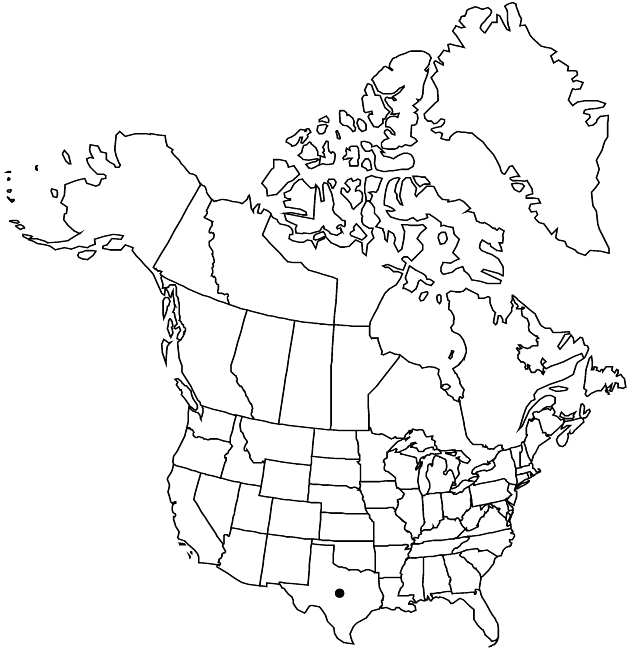Grindelia grandiflora
Bot. Mag. 78: plate 4628. 1852.
Annuals, 50–150 (–200) cm. Stems erect, stramineous, glabrous. Cauline leaf-blades oblanceolate or lanceolate to linear, 25–40 (–60) mm (distal smaller, ± appressed), lengths mostly 4–6 times widths, bases ± clasping, margins ± crenate (teeth mostly 9–15 per cm, rounded to obtuse or blunt, resin-tipped), apices acute to acuminate, faces glabrous, little, if at all, gland-dotted. Heads borne singly or in open, corymbiform arrays. Involucres broadly urceolate, 8–14 × 10–20+ mm. Phyllaries in 5–6 series, slightly spreading to appressed, linear to lance-attenuate or lanceolate, apices incurved to straight, filiform to subulate, slightly resinous. Ray-florets 17–26; laminae 10–12 mm. Cypselae stramineous to reddish-brown, 2–3+ mm, apices coronate to knobby, faces striate or furrowed; pappi of 2–4 straight, barbellulate or smooth (apices slightly dilated), setiform awns 3–4.5 mm, shorter than to nearly equaling disc corollas. 2n = 12.
Phenology: Flowering Aug–Oct.
Habitat: Stream banks, roadsides, ditches, grasslands, scrublands, open woodlands
Elevation: 300–1200 m
Distribution

Tex., Mexico (Coahuila), Mexico (Nuevo León)
Discussion
Selected References
None.